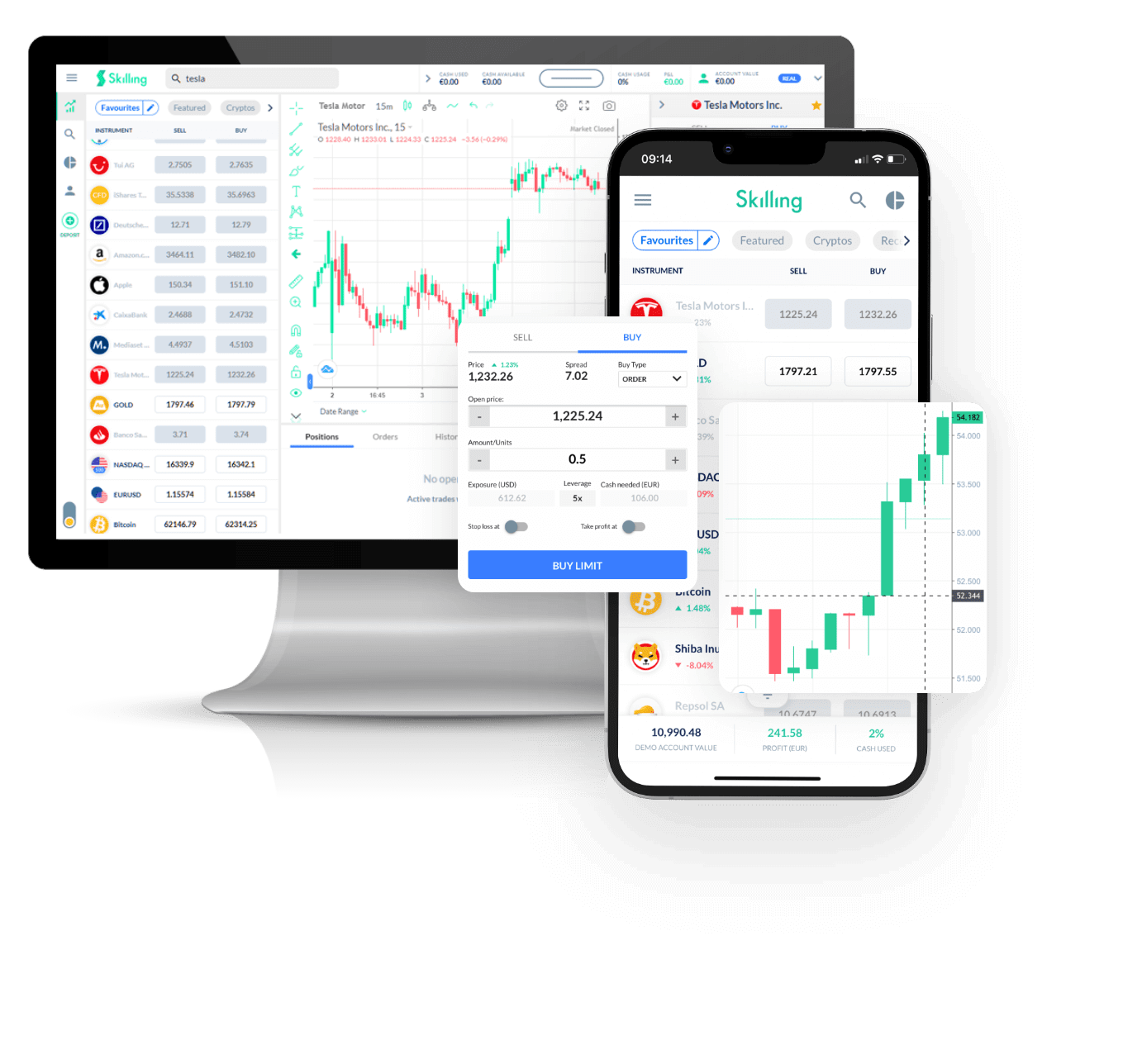Loading...
SPX500 live chart
[[ data.name ]]
[[ data.ticker ]]
[[ data.price ]] [[ data.change ]] ([[ data.changePercent ]]%)
Low: [[ data.low ]]
High: [[ data.high ]]
About
History
Differences between Investing vs Trading
About
History
Differences between Investing vs Trading
Founded in 1957, the SPX500 is a stock market index that tracks the financial performance of the 500 largest companies in the United States. It is a capitalisation-weighted index, and the S&P US30 Indices hold it.
Despite some companies continuously being listed on the stock market index, such as Apple and Microsoft, the SPX500 reviews its constituents every quarter and makes changes accordingly. Some requirements to be added to the SPX500 index include having a market capitalisation of more than or equal to US$14.6 billion and having a minimum monthly trading volume of over 200,000 shares.
Companies with dual share classes used to be included in the stock market index, but that changed in 2017. The SPX500 competes with the US30 Industrial Average as the most popular stock market index in the United States.
When you look at the price history of the SPX500 chart, you will see many milestones. The most recent came in April 2021, when the SPX500 index closed above 4,000 for the first time. However, like many other financial instruments, the index’s price is affected by different factors, including economic and financial news.
In the past, global crises’ like the 2002 stock market downturn and the 2020 COVID-19 pandemic caused the index to drop. For interested SPX500 index investors, these are factors to keep in mind when investing in the benchmark stock market index.
As with any stock market index, you need to open a brokerage account to invest in the SPX500 index. Once this step is complete, investors have several options for investing. For investors who want to save time, they can purchase SPX500 index funds as ETFs or mutual funds.
Both methods allow them to invest in all the stocks in the index rather than buy individual stocks separately. Investing in the SPX500 index through a broker is also economical since most stock brokers today provide commission-free trading for United States-listed stocks and ETFs.
You can also trade indices like SPX500 on CFD trading platforms. These platforms let you take advantage of the volatility experienced by stock market indexes since CFD trading lets you speculate on rising and falling prices.
| Swap long | [[ data.swapLong ]] points |
|---|---|
| Swap short | [[ data.swapShort ]] points |
| Spread min | [[ data.stats.minSpread ]] |
| Spread avg | [[ data.stats.avgSpread ]] |
| Min contract size | [[ data.minVolume ]] |
| Min step size | [[ data.stepVolume ]] |
| Commission and Swap | Commission and Swap |
| Leverage | Leverage |
| Trading Hours | Trading Hours |
* The spreads provided are a reflection of the time-weighted average. Though Skilling attempts to provide competitive spreads during all trading hours, clients should note that these may vary and are susceptible to underlying market conditions. The above is provided for indicative purposes only. Clients are advised to check important news announcements on our Economic Calendar, which may result in the widening of spreads, amongst other instances.
The above spreads are applicable under normal trading conditions. Skilling has the right to amend the above spreads according to market conditions as per the 'Terms and Conditions'.

Trade [[data.name]] with Skilling
All major indices at industry-leading pricing.
Gain exposure to global markets via lower-risk, stock market indices.
- Trade 24/5
- Minimum margin requirements
- The tightest spreads
- Easy to use platform
FAQs
How is the SPX500 Index calculated?
+ -
The SPX500 Index is calculated through the average of the stock prices of 500 large-cap US companies, and it's weighted by market capitalization. This means that stocks with higher market capitalizations will have more influence on the index than those with lower market capitalizations. The prices used to calculate this index are taken from real-time trading data and then calculated on a daily basis. The index is also adjusted for changes in stock splits, dividends and other corporate actions so you can be sure that the index accurately reflects the performance of the underlying stocks.
When it comes to trading, this is one of the most important indices to watch, as it can give you an idea of how the US stock markets are doing. By watching the SPX500 Index, you'll be able to make more informed decisions when it comes to trading. So if you're a trader, this is one index that should always be on your radar.
What is the best time to trade SPX500?
+ -One of the best times to trade the SPX500 is during the opening hours of 9:30am EST. This is when the majority of traders are active, which means that it's more likely for price movements to occur as a result of market momentum rather than speculative trading. In addition, this time period generally sees the highest liquidity, which can make it easier to enter and exit trades quickly without facing too much slippage.
Is SPX500 same as SPX500?
+ -The SPX500, which trades under the ticker symbol SPX500, is a stock index that tracks the performance of the top 500 publicly traded companies in the United States. It is a market-weighted index, meaning it takes into account companies’ market capitalizations and not just their share prices.
Why Trade [[data.name]]
Make the most of price fluctuations - no matter what direction the price swings and without capital restrictions that come with buying the underlying asset.
CFDs
Indices
Capitalise on rising prices (go long)
Capitalise on falling prices (go short)
Trade with leverage
Hold larger positions than the cash you have at your disposal
Trade on volatility
No need to own the asset
No commissions
Just low spreads
Manage risk with in-platform tools
Ability to set take profit and stop loss levels

